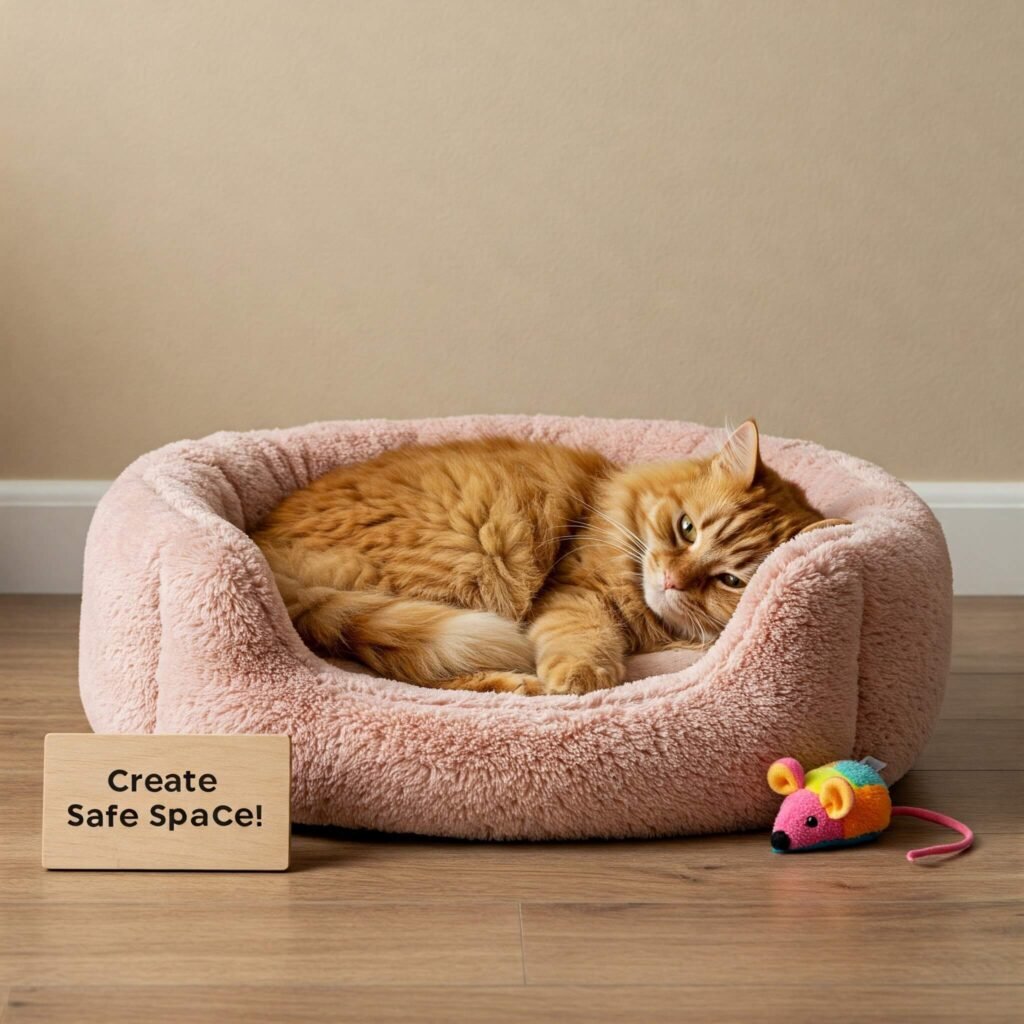Welcoming a rescue pet into your life is a rewarding adventure, and knowing how to prepare your home for a new rescue pet sets the stage for a smooth transition. According to the ASPCA, 3.2 million pets are adopted annually in the U.S., but many owners overlook key preparations, leading to stress for both pet and owner. This guide offers actionable steps, real-world examples, and expert tips to create a safe, welcoming space for your new furry friend. Let’s make your home rescue-ready!

Why Preparing Your Home for a New Rescue Pet Matters
Rescue pets often come from challenging backgrounds, making a stable, safe environment crucial. Preparing your home for a new rescue pet reduces stress, prevents accidents, and helps your pet adjust. A well-prepared home fosters trust and eases the transition, especially for pets with unknown histories.
Benefits of Proper Rescue Pet Preparation
- Safety: Prevents injuries from hazards like exposed wires.
- Comfort: Familiar spaces help anxious pets relax.
- Bonding: A calm environment strengthens your connection.
- Behavior: Clear boundaries reduce unwanted behaviors, per the Humane Society.
For training tips to complement preparation, see our guide on obedience training.
outbound link: Why Preparing Your Home for a New Rescue Pet Matters
Step-by-Step Guide to Prepare Your Home for a New Rescue Pet
Follow these steps to ensure your home is ready for your new rescue pet.
1. Pet-Proof Your Home for Safety
- Remove Hazards: Secure cords, toxic plants, and small objects pets could swallow.
- Check Fences: Ensure outdoor areas are escape-proof for dogs.
- Lock Away Chemicals: Store cleaners and medications out of reach.
- Cover Trash Cans: Use pet-proof lids to prevent scavenging.
Real-World Example: Lisa adopted a rescue cat, Muffin, who chewed cords. By using cord covers and removing toxic lilies, Lisa’s rescue pet preparation kept Muffin safe.
2. Create a Safe Space for Your New Rescue Pet
- Designate a Quiet Area: Set up a cozy corner with a bed or crate.
- Add Comfort Items: Blankets or toys provide familiarity.
- Limit Access Initially: Close off rooms to avoid overwhelm.
- Use Calming Aids: Try pheromone diffusers like Feliway for cats, available at Petco.
Learn more about pet safety at ASPCA’s pet-proofing guide.
3. Stock Up on Essential Supplies for Rescue Pet Care
- Food and Water Bowls: Stainless steel or ceramic are durable.
- Pet Food: Consult your vet for diet needs; try Hill’s Science Diet at Chewy.
- Collar and ID Tag: Ensure your pet is identifiable.
- Leash or Carrier: For safe transport and walks.
- Toys and Chews: Keep your pet entertained and reduce anxiety.
4. Set Up a Feeding and Potty Routine
- Establish Feeding Times: Consistent schedules aid digestion.
- Designate a Potty Area: For dogs, choose a spot outside or use pee pads indoors.
- Be Patient: Rescue pets may need time to learn routines.
For leash training tips, check leash training without tears.

5. Plan for Grooming and Health Needs
- Brush and Bathe: Regular grooming prevents matting. See DIY grooming tips.
- Nail Trimming: Use pet-safe clippers; learn how in safe pet nail trimming.
- Vet Visit: Schedule a checkup within a week to address health concerns.
- Flea and Tick Prevention: Use products like Frontline, available at PetSmart.
Avoid pitfalls with our guide on common grooming mistakes.
Addressing Common Challenges When Preparing for a Rescue Pet
Rescue pets may face adjustment issues. Here’s how to handle them during rescue pet preparation.
Managing Anxiety in a New Rescue Pet
- Solution: Use calming treats or a ThunderShirt for comfort.
- Tip: Spend quiet time with your pet to build trust.
Preventing Destructive Behavior
- Solution: Provide chew toys and redirect energy to play.
- Resource: Try positive reinforcement training for better behavior.
Handling Unknown Histories
- Solution: Observe your pet’s triggers and consult a vet or trainer.
- Example: Tom’s rescue dog, Buddy, feared loud noises. A quiet space and gradual exposure, part of Tom’s rescue pet preparation, helped Buddy adjust.

When to Seek Professional Help for Rescue Pet Preparation
If your pet shows severe anxiety or aggression, professionals can support your rescue pet preparation.
- Veterinarians: Address health or behavioral concerns. Find one at AVMA.
- Trainers: Certified trainers help with adjustment. Check CCPDT.
- Behaviorists: For complex issues, visit AVSAB.
Additional Tips to Prepare Your Home for a New Rescue Pet
To make pet-proofing your home seamless:
- Involve Family: Ensure everyone follows the same rules.
- Start Training Early: Reinforce good habits from day one.
- Document Progress: Track your pet’s adjustment to stay motivated.
- Be Patient: Adjustment may take weeks or months.
Frequently Asked Questions
How long does it take for a rescue pet to adjust?
Most pets take 2–8 weeks to settle, depending on their history and temperament.
What if my rescue pet damages my home?
Pet-proof thoroughly and use training to redirect behavior. Damage is often temporary.
Do I need to prepare differently for a dog vs. a cat?
Yes, dogs need outdoor potty areas and leashes, while cats require litter boxes and scratching posts.
Conclusion: Prepare Your Home for a New Rescue Pet with Confidence
Knowing how to prepare your home for a new rescue pet creates a welcoming, safe space for your new companion. From pet-proofing to setting up routines, these steps ease the transition and build a lasting bond. Start with small changes, stay patient, and enjoy the journey with your rescue pet. Ready to welcome your new friend? Begin preparing today!

